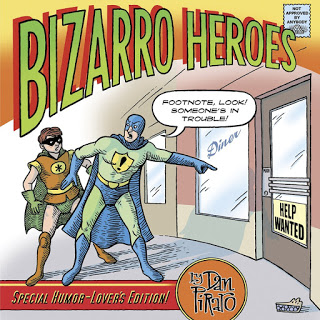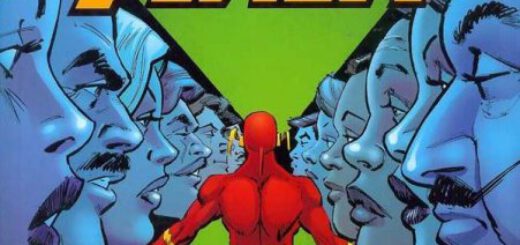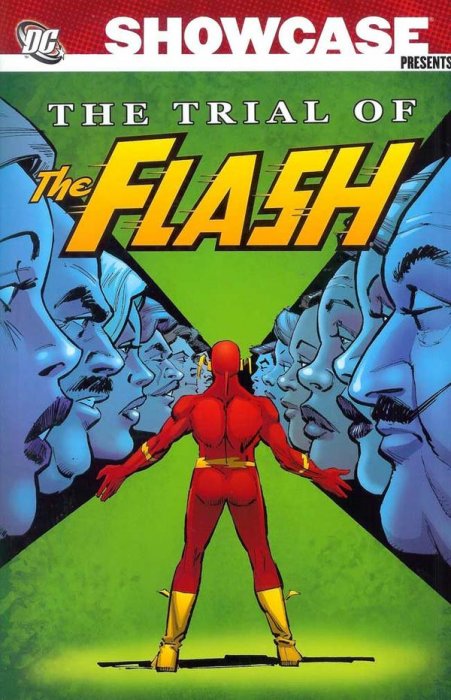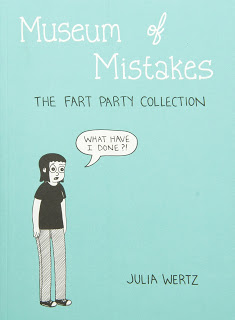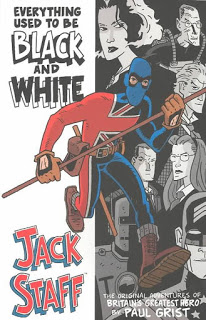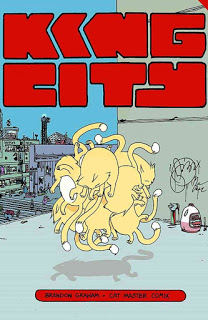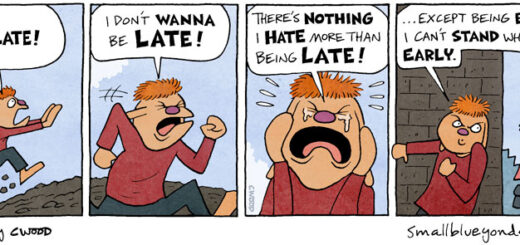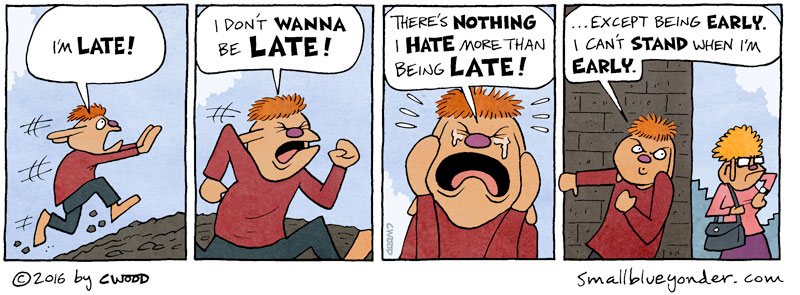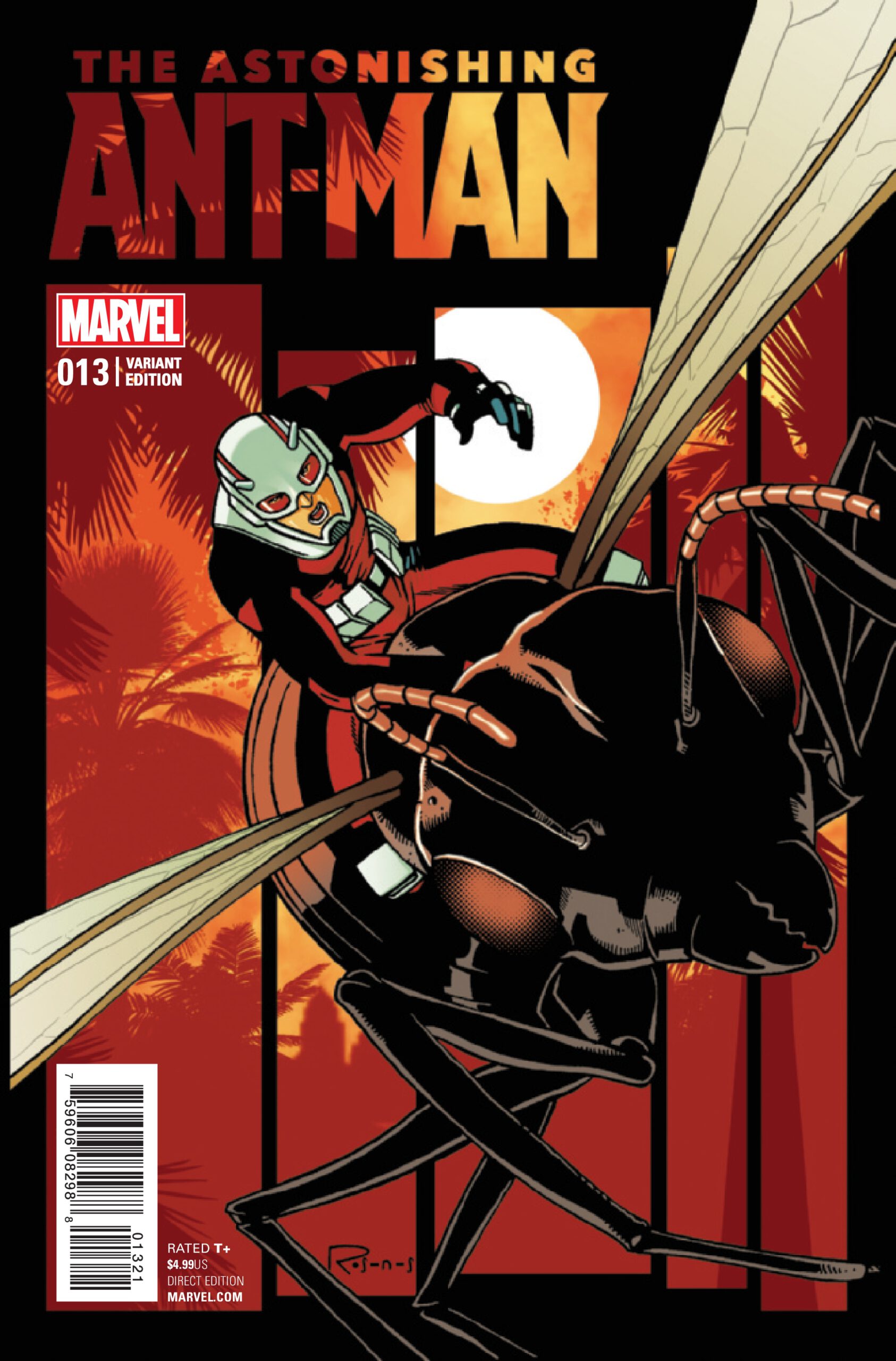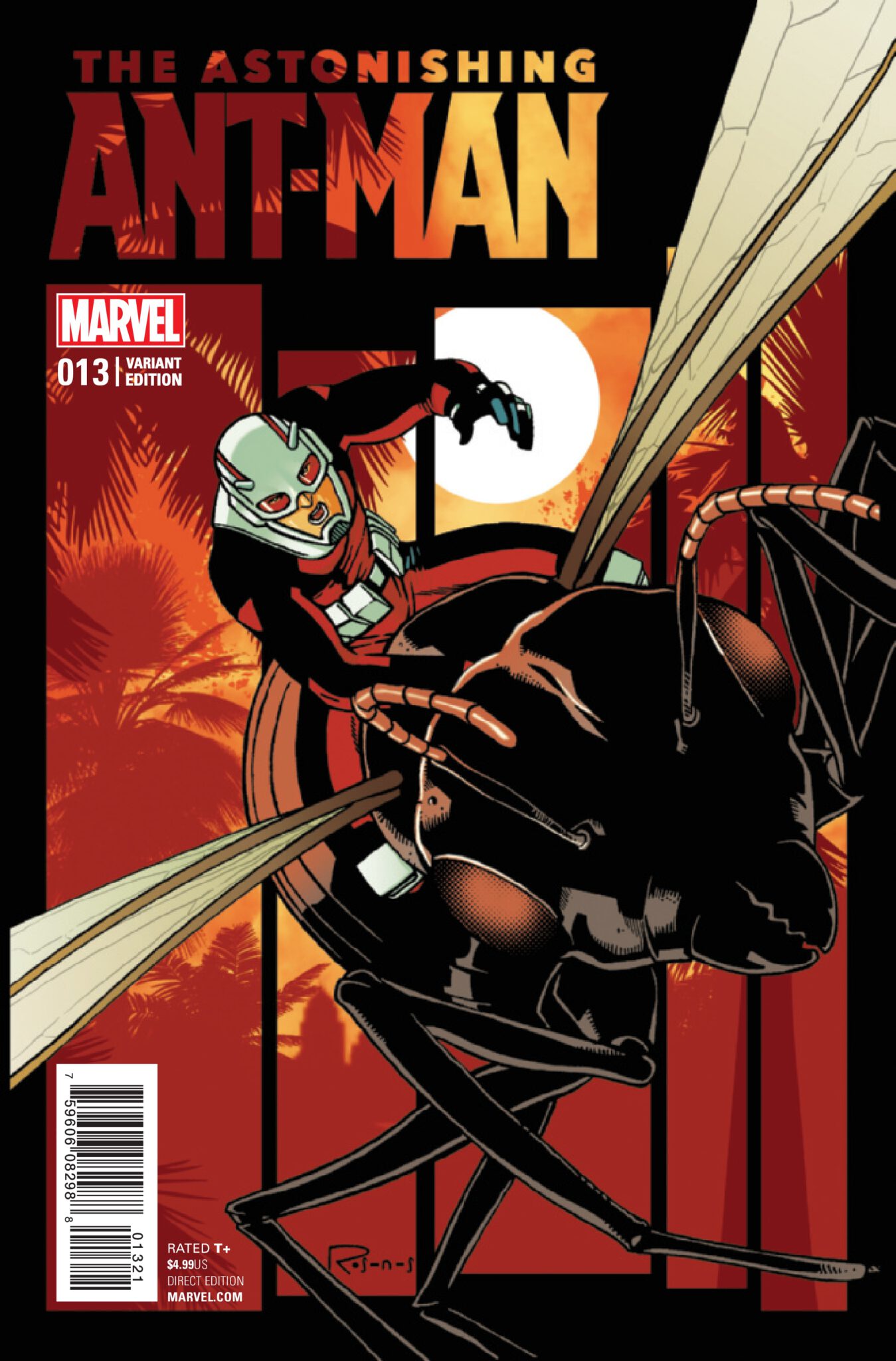Book-A-Day 2018 #52: Bizarro Heroes by Dan Piraro
There’s not a whole lot to say about this book as a book, so it might be time for some Book-A-Day behind-the-scenes. You see, to keep the hopper fed — especially early in the year, which sets the tone and energy for the whole project — I’m making sure to read at least one book a day, and that generally means a book of comics. (Call it a graphic novel or a bande dessinee or a tankobon or a trade paperback or whatever you want: a book-format work of comics.)
Actually, so far, every single day it is a book of comics. Some other things, too, on top of that, but the one book every single day is comics. (I’ve got a book going in the smallest room of the house, one going by the bed, and one going here next to my computer, and I’m also reading a “real” book of prose every week, but the comics are the day-in, day-out engine that keeps this running.)
Sometimes I plan to read a particular book: I’m working through my longer graphic novels right now, for instance. But I might find, as I did one day recently, that it’s deep into the evening and I haven’t touched that book. So it’s late and I’m tired, but I want to keep the engine going. For times like that, I have a few things I know I can read quickly.
One of them was Bizarro Heroes , a 2011 collection of Bizarro comics by Dan Piraro with a superhero theme in one way or another. Bizarro is a single-panel daily cartoon anyway, with no continuity, so it’s all one-off jokes to begin with. So it would be the perfect strip to birth a series of one-off thematic books like this — get some intern earning “college credit” to tag all ten-thousand-plus strips in a database, input some search criteria, and prepare to pump out product.
Sadly, the era for one-off thematic books (Bizarro Golf! Bizarro Tennis! Bizarro Smug Vegetarianism! Bizarro Inexplicable Melancholy!) ended not too long after Piraro launched Bizarro in 1985, and his obsessions were never all that in tune with mass America to begin with. So I don’t think the glorious era of themed Bizarro books ever got off the ground. But this one does exist, and superheroes are even hotter now than they were in 2011.
Bizarro Heroes is about what you’d expect: a hundred pages of comics, generally one to a page, all with jokes about superheroes. Piraro knows the obvious stuff, but clearly isn’t a superhero geek: he makes a Batman/Manbat joke that shows he didn’t know there was an actual Man-Bat in the Batman comics. So these are sometimes jokes about other things using superheroes, sometimes jokes about how superheroes are silly, and sometimes jokes about the usual furniture of capes and secret identities. About half of the cartoons are in color; the rest are black and white. They seem to be entirely from the decade before the book — I found some dated as early as 2000, but they mostly come from 2007-2010.
If you’re in the market for a book of single-panel cartoons about superheroes, you probably don’t have many choices. Even with the lack of competition, though, this is a pretty good choice — as long as you aren’t so much more geeky than Piraro that his lack of geekitude will annoy you (and there definitely are plenty of guys like that; you’ll know if you are one).
![]()
![]()
Reposted from The Antick Musings of G.B.H. Hornswoggler, Gent.

